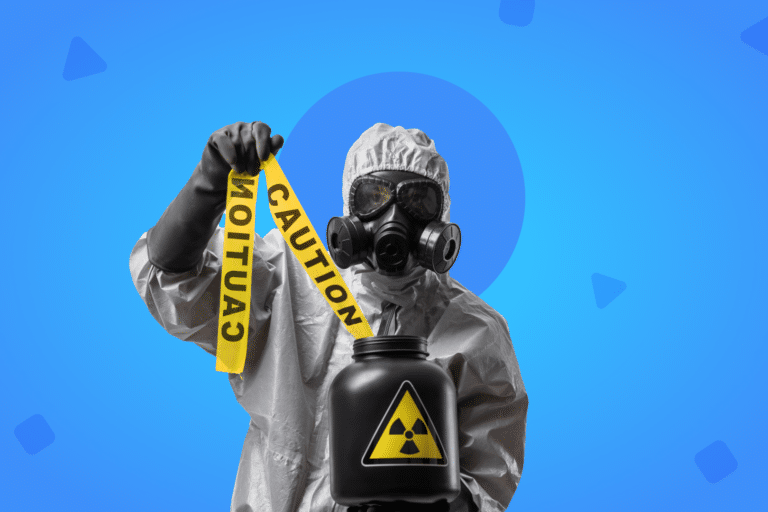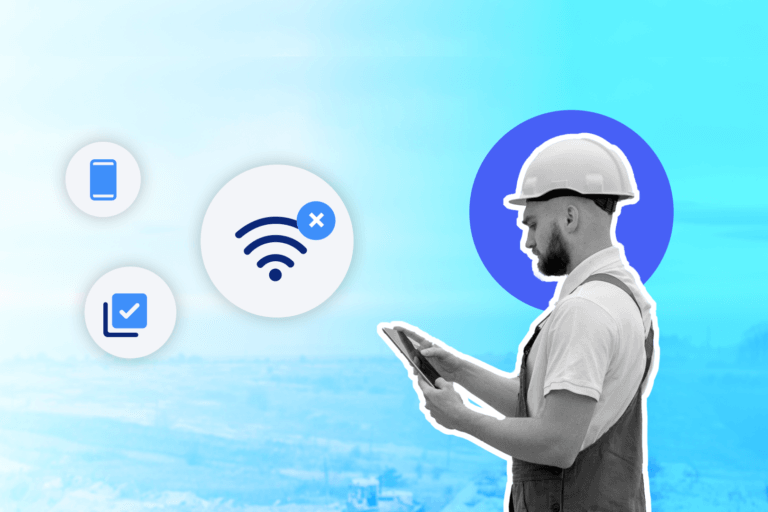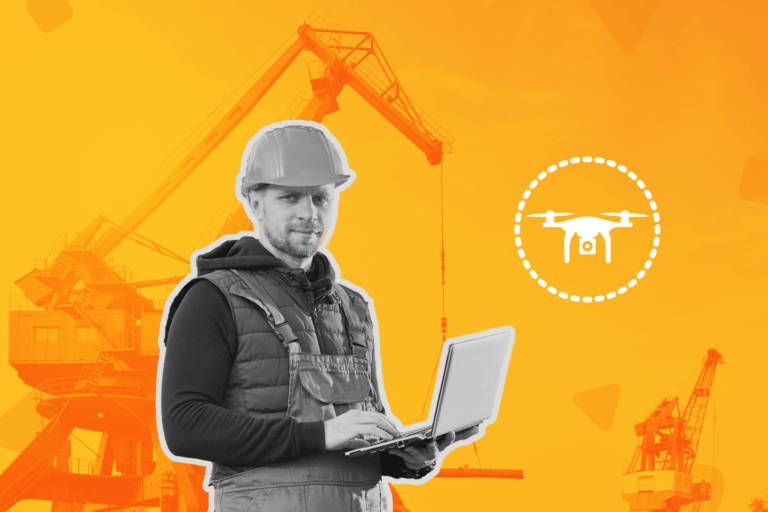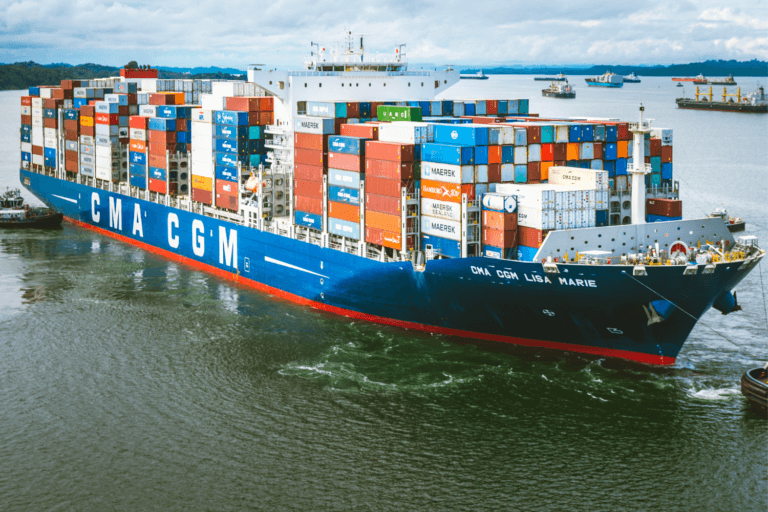Applying them efficiently and thoroughly is key to guaranteeing the occupational health and safety of workers. This, in turn, contributes decisively to the long-term success of any company or organization that aspires to be competitive.
The strength of human capital is key to success for any company. Therefore, the health and safety of its employees represents a transcendental milestone within any productive efficiency program.
In this context, the prevention of occupational accidents acquires a fundamental strategic role, since these accidents not only cause high human and material costs, but also alter the operational and productive dynamics.
To prevent accidents from occurring in the workplace, it is essential to carry out regular safety inspections. Only these procedures allow timely identification and control of the risks present in the daily activities characteristic of each company.
What is a security inspection?
From a technical-regulatory point of view, safety inspections are defined as the administrative processes that allow studying the physical conditions and the tasks that are carried out in any place where we carry out productive, industrial or service activities. Consequently, its objective is to detect possible risks of accidents resulting from technical or human failures.
In this way, the periodic and regular performance of these evaluations allows identifying the sources of risk and the associated dangers. In addition, they facilitate cost control and help generate effective policies to protect the health and safety of all employees.
As safety inspections are preventive strategies, which must identify risk situations before they cause damage or harm to people and facilities, they must necessarily meet the following objectives:
- Identify equipment deficiencies: The work equipment used to carry out daily tasks must be carefully analyzed. Only in this way we can determine if they have already reached the limit of their useful life, if their capacity is deficient or if they are used improperly. In the event that we detect any anomaly, we must report it immediately, so that the personnel in charge can carry out the pertinent changes or repairs.
- Identify bad practices of workers: Inspections must detect any behavior or work methodology that puts people at risk, as well as the normal performance of daily tasks.
- Identify potential problems: Inspections must also assess any deficiencies in the implementation of occupational health and safety policies. This will allow us to determine if we need new additional requirements, or modify the existing ones.
- Identify possible risks in the event of changes in the processes: Any operational or process modification requires a prior inspection, in order to determine the possible dangers and risks associated with changes recently implemented in the company.
- Propose solutions: The results of the inspection must be translated into effective proposals for correction and control, which eliminate or minimize the risks identified during the review process.
What are the main types of inspection?
Safety inspections can be classified according to the planning strategy and the frequency with which they are applied. From these parameters we can identify the following types:
Informal Inspections
They are carried out spontaneously and without prior schedule. This kind of inspections can be carried out by anyone within the organization, even without prior training. Its main objective is to immediately report those risk conditions that are very evident and notorious. Like, for example, a cable about to be cut or a gas leak present in the environment.
Formal inspections
They are those safety inspections that require a precise schedule and planning adapted to the specific needs of the industry, company or commercial operation. They are structured on the basis of a system defined from checklists, and their objective is to identify all the details that may generate some type of accident or risk for workers.
These inspections must be carried out, compulsorily, by specialized personnel, with adequate training and the necessary skills to prepare professional and detailed reports, with all the results found.
General inspections
They correspond to the evaluations that seek to recognize the possible risk factors within the facilities of a company. They are made from a detailed observation of the physical conditions of the place where the daily work is carried out.
Critical parts inspections
They are structured based on a specific inspection of those elements that are most likely to cause an accident, in case they do not work correctly. For example, a furnace, a boiler or a power plant. In these cases, the operation of the facilities (machinery, electrical systems or storage areas for hazardous materials, among other) is evaluated and then the respective report is prepared.
Special inspections
These are those inspections carried out when occurs an exceptional event or a contingency in the company’s facilities or operations. For example, when a new process is started, an extension is inaugurated, or a recent accident is investigated.
Regulatory inspections
These are those periodic inspections carried out at the request of regulators or supervisory entities. For example, the inspection of electrical equipment and gas installations, fire networks, personal protection equipment, security installations and emergency exit, among other items.
Specialized inspections
These are those carried out by specially hired external expert personnel, in certain specific areas of the company. For example, boilers, power plants, mechanical or ventilation systems, among others.
Who performs security inspections?
In general, these actions are carried out by one or more “Health and Safety Inspectors”, who must certify their condition, by means of a study diploma or a certificate issued by any competent and recognized educational entity.
This condition is essential to ensure that the professional in charge has the specific knowledge and technical skills necessary to be in charge of the occupational risk prevention program.
In most companies, this is a member specially hired and trained to enforce the rules and take care of the safety and health of all employees. Likewise, it is necessary that this professional periodically update his or her knowledge. In this way he or she will be prepared to face new types of risks or contingencies, derived from possible changes in the context.
Among his or her main functions we can highlight the following:
- Monitor compliance with safety regulations.
- Inform employees of the characteristics of the company’s occupational health and safety programs, and keep them informed of any change or modernization recently carried out.
- Verify the correct use of all individual and collective protection equipment.
- Perform required periodic safety inspections.
- Report accidents and possible situations that may represent risks to the safety, health and integrity of workers.
How to carry out a more efficient security inspection?
In order to guarantied the success of any safety inspection, the process must not only be carried out periodically and preventively. It also needs to be applied in accordance with a rigorous and precise procedure that eliminates any margin of error derived from the excessive mechanization of the processes, or from human inexperience.
The most effective method to fulfill this premise is the use of modern digital tools, such as DataScope’s digital forms:
These state-of-the-art solutions guarantee a systematic, orderly, rigorous and precise application of the entire process. In this way, the company’s resources are optimized, the distribution of man-hours is maximized, and the possibilities of human error are reduced to a minimum.
Characteristics that ultimately translate into a guarantee of success, not only for occupational health and safety programs, but also for the global performance of any company or organization that aspires to consolidate itself in a competitive position within the market.
Create an account DataScope and start now!
DataScope is the ideal tool to eliminate paper use, save time, and efficiently collect data from the field. It allows companies to streamline, organize and evaluate field work thanks to its online forms, which provide indicators in real time, 100% adaptable to any area.
With DataScope, your team can answer custom mobile forms from their phones or tablets, online or offline, through the app.







